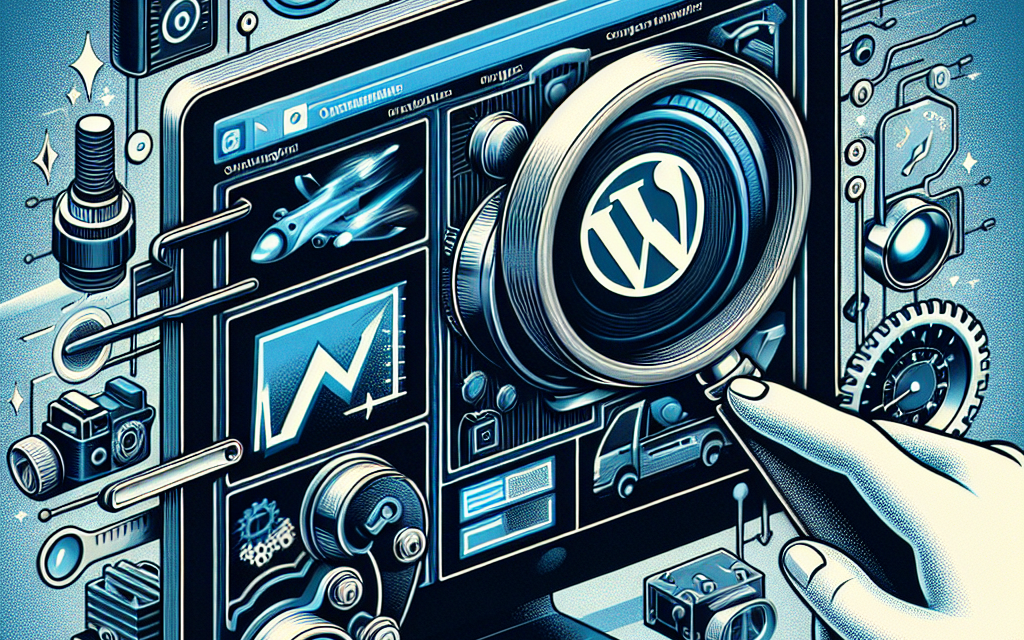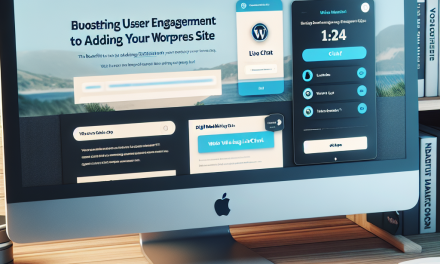In the digital age, the speed at which your website loads can make or break the user experience. Images are a significant part of any website’s content, but they can also be a primary cause of slow loading times. If you’re using WordPress, there are several practices you can implement to optimize your images and improve site speed.
Why Image Optimization is Important
- Faster Load Times: Optimized images ensure faster page load times, which is crucial since 53% of mobile users leave a site that takes longer than three seconds to load.
- Improved SEO: Google considers page speed as a ranking factor. Faster websites generally rank better in search engine results.
- Enhanced User Experience: A speedy website leads to lower bounce rates and higher user engagement. Users are more likely to stay on your site if it loads quickly.
Best Practices for Optimizing Images
1. Choose the Right File Format
Selecting the appropriate file format is essential for optimizing images. The primary formats are:
- JPEG: Best for photographs. It allows for a good balance of quality and compression.
- PNG: Ideal for images requiring transparency or those that need to maintain high quality, such as logos.
- WebP: A modern format that provides superior compression and quality, making it an excellent choice for websites.
2. Resize Images Before Uploading
Always resize images to match the display dimensions on your website. Uploading a large image and then scaling it down in WordPress does not reduce the file size. Use a tool like Canva or Adobe Photoshop to adjust your images beforehand.
3. Compress Images
Image compression reduces file size without significantly affecting quality. You can use various plugins to automate the process:
- Smush: Automatically compresses images as you upload them. Learn more here.
- Imagify: This plugin compresses images, maintaining a great balance between quality and file size. Check it out here.
4. Use Responsive Images
Responsive images ensure that the right image size is served based on the user’s device. WordPress automatically adds srcset attributes to your images, allowing browsers to select the best version for each user’s screen size.
5. Implement Lazy Loading
Lazy loading can help improve page speed by loading images only when they are in the viewport (i.e., when the user scrolls down to them). Thankfully, WordPress has built-in lazy loading for images as of version 5.5. Ensure this feature is enabled by default in your WordPress settings.
6. Utilize a Content Delivery Network (CDN)
A CDN distributes your website content across multiple servers globally. When a user visits your site, the CDN delivers images from the server closest to them, reducing geographical latency. Popular CDN solutions include:
- Cloudflare – Check it out here.
- KeyCDN – Learn more here.
7. Use Image Optimization Plugins
In addition to specific compression plugins, there are comprehensive solutions like ShortPixel or EWWW Image Optimizer that can handle multiple optimization tasks, including resizing and compressing images automatically.
Conclusion
Optimizing images in WordPress is crucial for enhancing site speed, improving SEO, and providing a better user experience. By following these best practices, you can significantly reduce image file sizes while maintaining quality.
For those looking for a powerful platform to support their optimized website, consider WafaTech NextGen WordPress Hosting. Not only does it offer excellent performance, but it also comes with features specifically designed to enhance your website’s speed and efficiency.
For more details about WafaTech NextGen WordPress Hosting, please visit WafaTech.
Happy optimizing!





